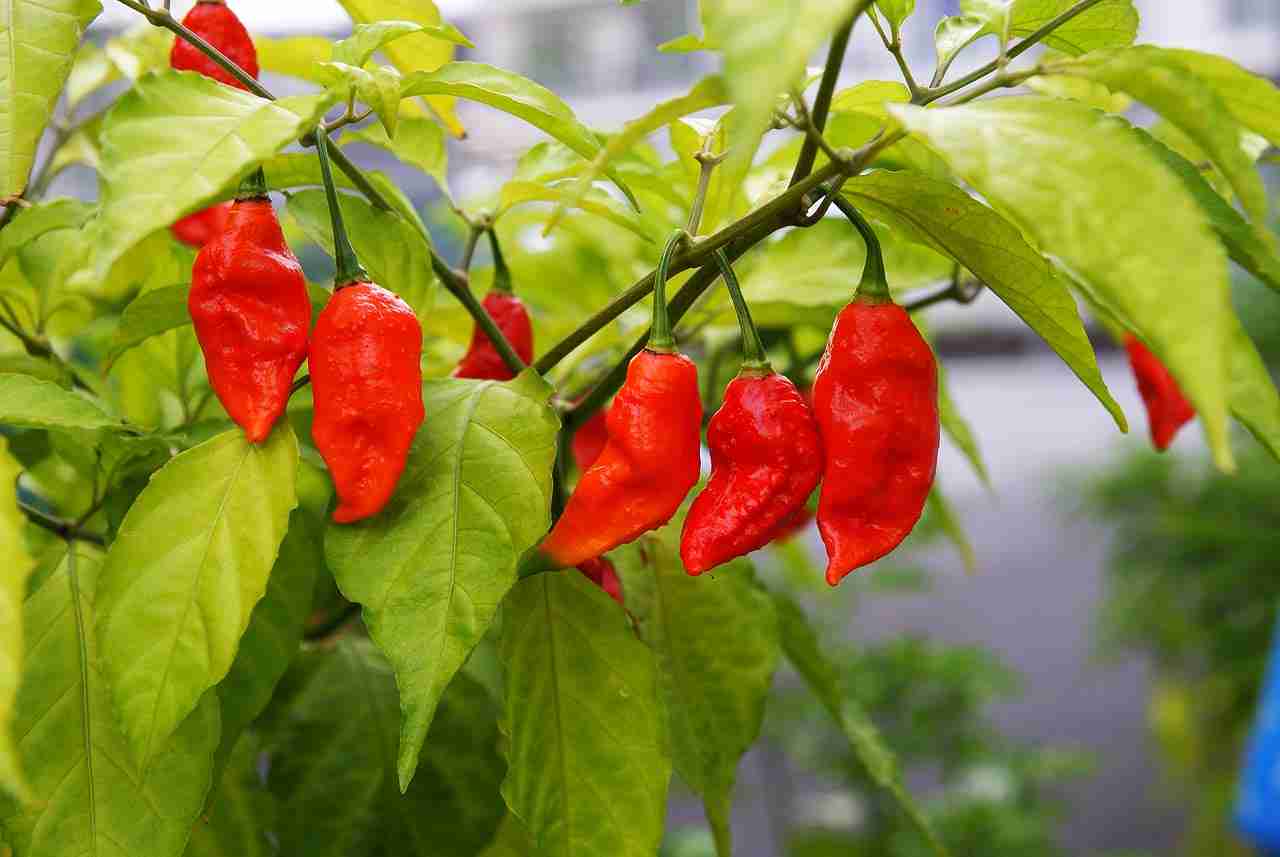The demand for fiery food is increasing every day in every corner of the earth.More and more businesses are cashing in on the growing demand among North American consumers for fiery foods. As part of this spice boom, the number of brands of hot chili sauces is multiplying every season. Pizza is being offered customers with their choices of different chilli powder names. Almost any hot food seems popular lately. It has become absolutely a big trend. They want very or extremely spicy foods, especially sauces, dips and condiments. Hot foods are making their way into restaurants, grocery stores and home kitchens at a furious rate.
The ever-expanding selection of spicy ingredients coincides with a popular focus among health- and weight-conscious consumers to improve their diets while incorporating variety into every meal. They are considering it’s a way to add flavour without adding salt and fats. Capsaicin, which gives hot peppers their kick, may lower blood pressure, boost metabolism, improve mood by provoking the release of endorphins, and even kill lung and pancreatic cancer cells.
There is also broadening appeal and availability of ethnic cuisines, especially Latin American and Asian, which often showcase spice.
But perhaps the biggest reason for the rise of spicy foods has been a shift up market in the way they’re presented in stores and on TV—as a serious foodie ingredient, not just a freaky obsession.
Recently it has been observed that some farmers grow high productive verities, though they are less pungent, just to increase the volume, in other words – adulteration.
Here are few points where the local Govt agencies should come forward and take initiatives to promote Bhut jolokia – a potential crop that can change the economy of the average farmer of North East India.
There are natural cross pollinations between different bhut jolokia varieties in the field. Somebody should take the responsibility to maintain the natural strains with exotic aroma and hotness, which are in big demand worldwide. An average farmer can not do that, rather he looses the stain again and again because of natural cross pollination.
Value addition and development of different products out of this high capsaicin excellent aroma containing pepper can give lots of value added products. It is the duty of the Govt sector to develop the product and processes through R&D works for widening of the market.
Diseased planting material is the major factor of failure of cropping. General farmers are there in plenty, but not capable of producing virus free planting materials. The Agriculture Dept, Agriculture Universities should take the responsibility of supplying virus free planting materials. If any agency can provide disease free planting materials, the production in the region will be many folds.
Being highly perishable bhut jolokia need to be processed immediately after harvesting, at least primary processing like drying, making pickle or preserving by using any other simple method. That gives time for further value addition. Oven drying, smoke drying, and sun drying – out of these methods for drying of bhut jolokia mostly oven drying is done by big farmers or processors who can effort an oven drier. A part of the harvest is smoked dried, mostly practiced by small farmers in the interiors who don’t have the reach to oven drier. Sun drying is generally not targeted as there is no guaranty of sun on the day of harvesting, farmers don’t want to take the risk. Interestingly a conventional spice drier doesn’t work properly for bhut jolokia drying because of high water content as well as the water releasing pattern from the pod. Most of the working driers are tailor made by local manufacturers. Concerned Govt agencies should come forward for setting up central drying facilities in the bhut jolokia farming clusters. That will boost the small farmers in a big way.


You must be logged in to post a comment.